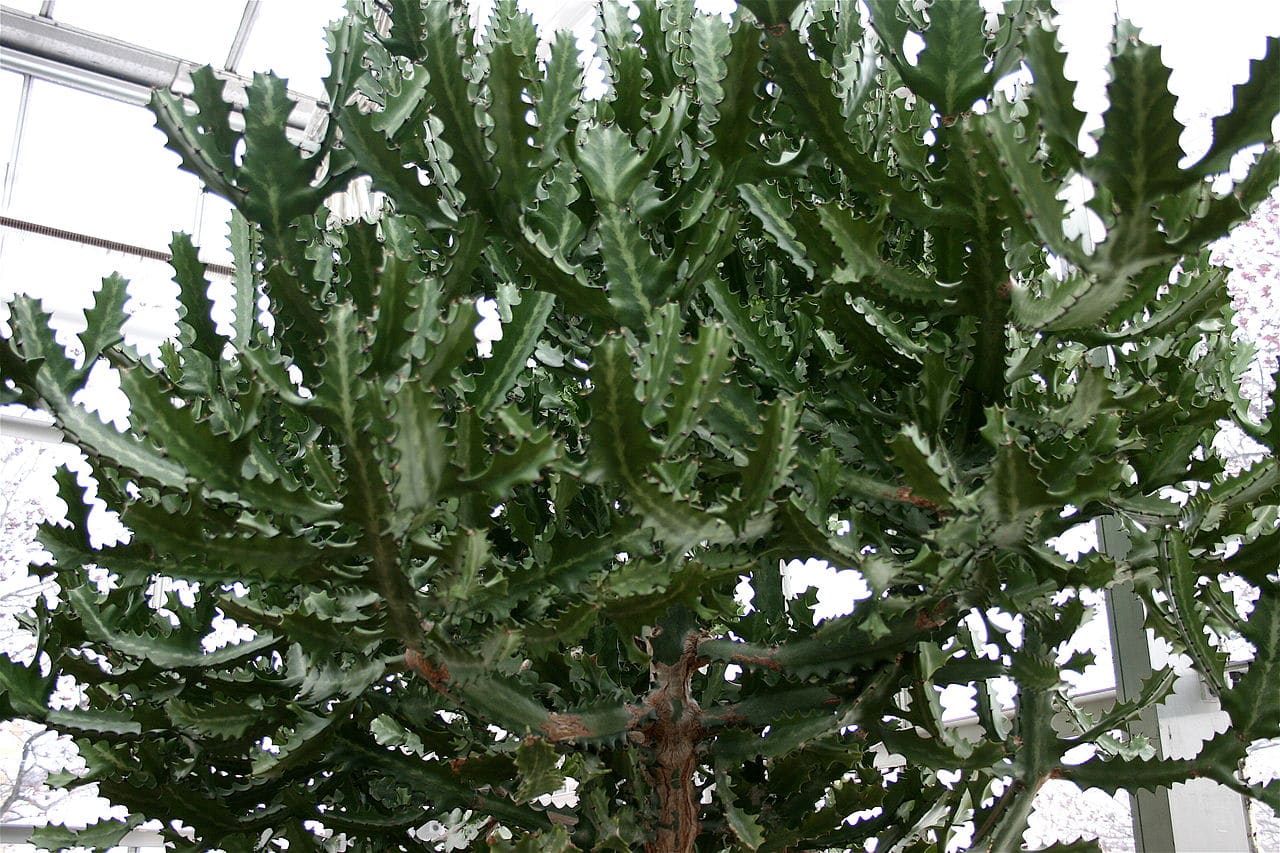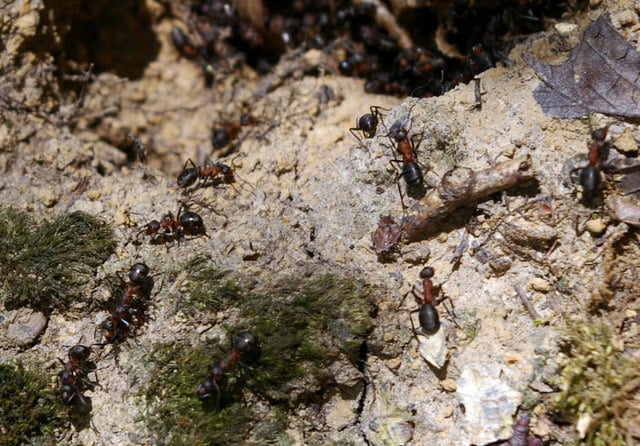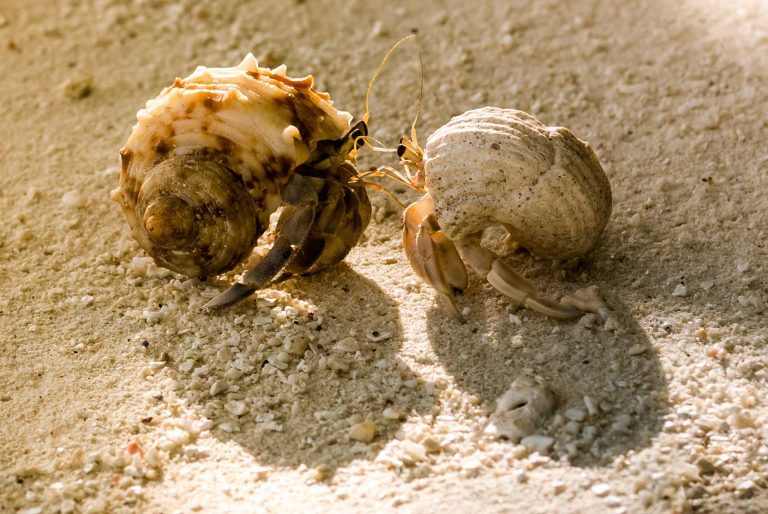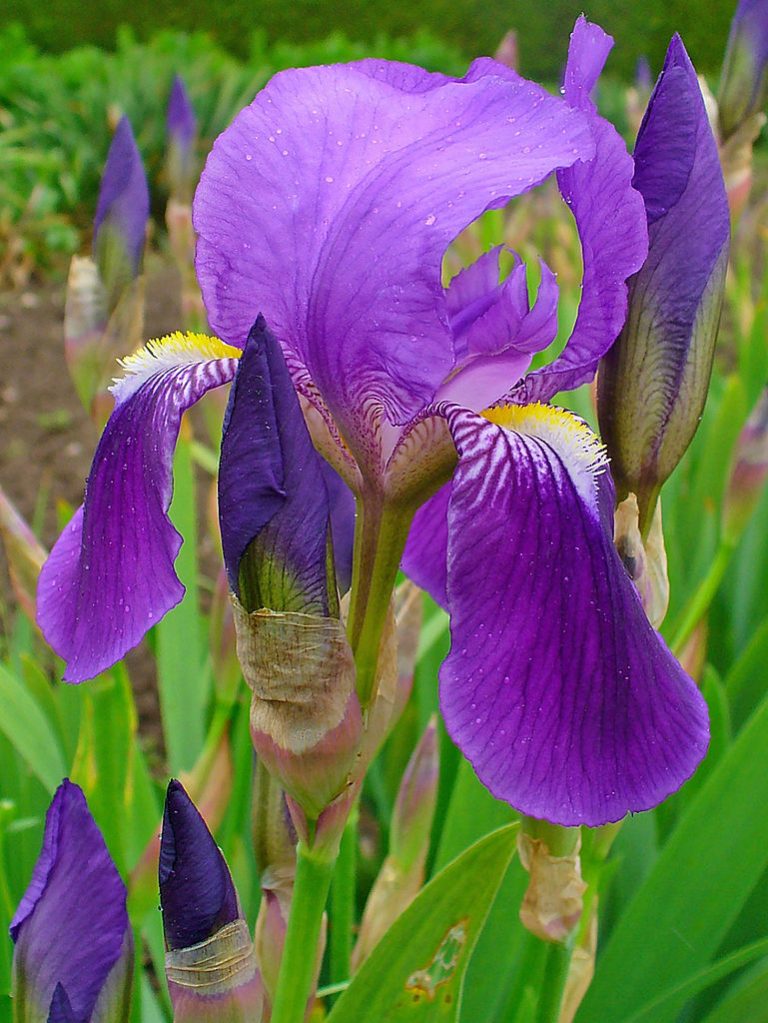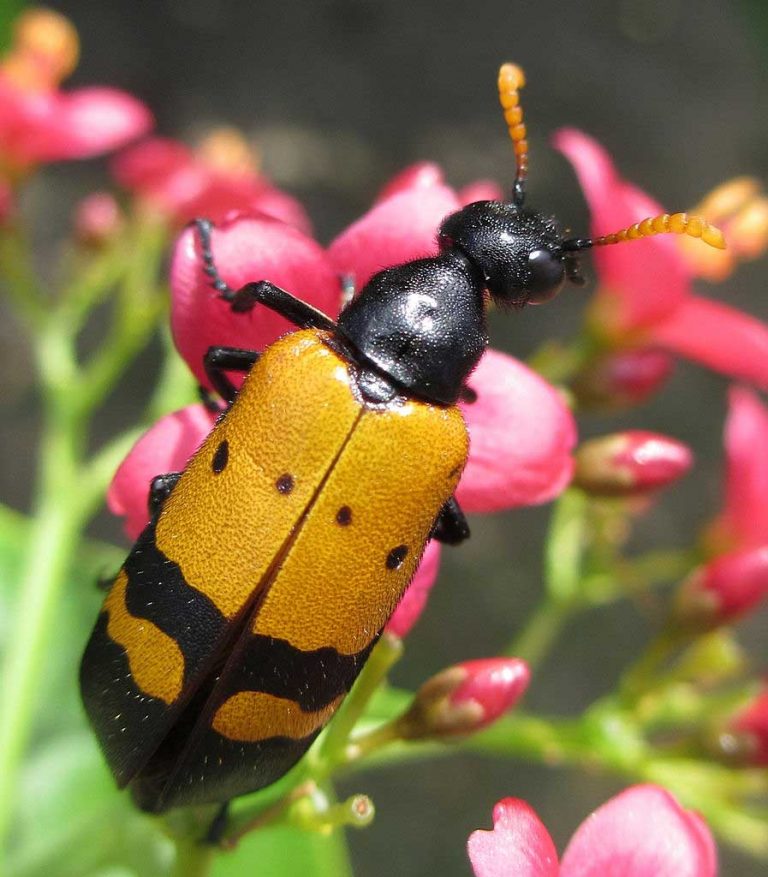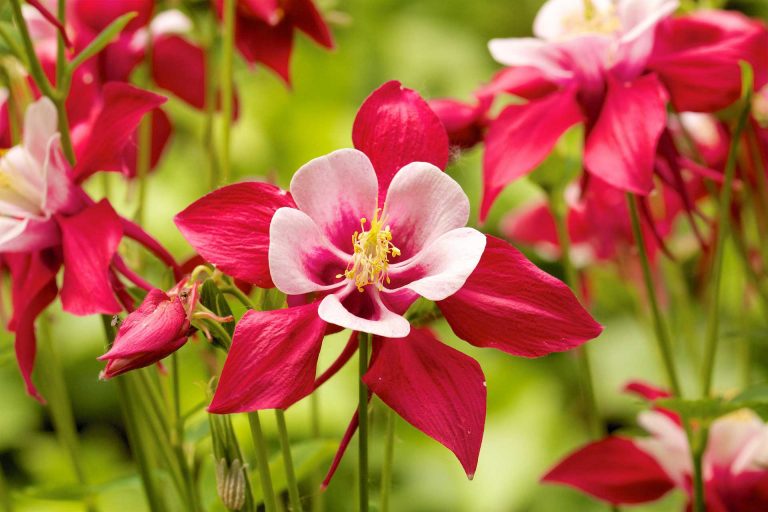Euphorbia Lactea
Scientific Classification
| Kingdom: | Plantae |
| (Unranked): | Angiosperms |
| (Unranked): | Eudicots |
| (Unranked): | Rosids |
| Order: | Malpighiales |
| Family: | Euphorbiaceae |
| Subfamily: | Euphorbioideae |
| Tribe: | Euphorbieae |
| Subtribe: | Euphorbiinae |
| Genus: | Euphorbia |
| Species: | E. Lactea |
| Binomial name: | Euphorbia Lactea |
Euphorbia Lactea is indigenous to the tropics of Asia; it is a variety of spurge found mainly in India. This upright shrub grows to a height of 5 meters, it has succulent branches of diameter 3 to 5 cm, and has ridges of rhombic or triangular cross section, and they have short spines of length 5 mm. Its leaves are miniature in size and are deciduous. This plant contains a venomous milky juice. The general names by which it is called are Frilled Fan Elkhorn, Mottled Spurge, Candelabrum Tree, Candelabra, Candelabra Plant, Candelabra Cactus, False Cactus, Dragon Bones and Hat Rack Cactus.
History
The Euphorbia or spurge is a very big plant that has a variety of genus of blossoming plants which belong to the Euphorbiaceae (Spurge) group. At times in colloquial English “Euphorbia” refers to the whole Euphorbiaceae group (like the genus variety) not only a member of the family. Certain Euphorbia are prominent in the commercial market, like the Poinsettias during Christmas. Few of them are usually grown for the purpose of ornamentation; it is gathered on account of its high value for floral arrangement uniquely designed with great aesthetic looks similar to the Crown of Thorns plant. Euphorbia, obtained from Madagascar and South African deserts have undergone an evolution of their physical properties and shapes just like the cacti of South and North America.
Anatomy
The Euphorbia are colored deep green, they have a typically tall structure with several branches, this shrub is thorny and contains a milky latex. They grow to heights of 3 to 6 meters (even exceeds), but in cultivation they hardly do so.
Habitat
In the tropical regions of Asia they grow in the wild and are also cultivated to a great extent in Florida and West Indies and in several other places all over the world. It breaks away from cultivation and in several locations, they form thick groves.
Growing at Home
Soil
Grow your Euphorbia in properly drained soil where sunshine is available for a minimum of six hours a day.
In case you plant your Euphorbia in pots, then mix same quantities of sand or peat and loam in a pot that is not glazed possessing holes for drainage. Keep the pot on the window sill which faces southwards, where sunlight is available in full, for promoting its development and growth.
Planting
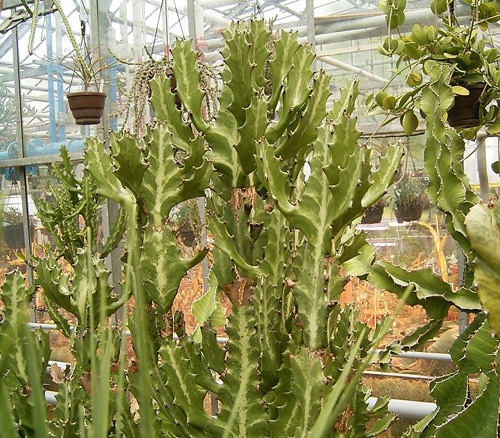
Euphorbia Lactea – Photo by: Frank Vincentz
Euphorbia Lactea is a plant similar to the cactus having 3 – 4 branches that grow at different angles. Their spines are black and intensely scalloped. In India this plant finds use in the medical field for the treatment of rheumatism as a hot jam. Every part of the plant is venomous particularly the sap that is milky and white in color. The sap gives an irritation to the eye, skin and mouth. Euphorbia Lactea requires total sunlight, moderate temperature and a little shade. The soil we use is a mixture of sand and the same proportion of loam. Usually, this is cultivated by cuttings. The best period to propagate this Euphorbia Lactea is during the summer or spring, because the chances of success are better during this period. The main factors in the growth of this plant are the better air circulation and heat. For a better result, you can dip this cutting in hormone powder, and leave for 3 to 4 weeks to harden the sensitive part. Then you can bury the cuttings in the soil, and avoid watering for a few days until the roots develop. Try to place it in a sunny location, which will help to develop roots easily.
Permit your plant to totally dry out amid watering. During winter reduce watering to once in a while. An excess of water is the main cause of this plant to die out, particularly in the winter season.
Water
Water your Euphorbia Lactea, in the garden in a span of ten to fourteen days until the moisture in the soil is even, and the excess water seeps out through the holes provided in the pot for drainage. Permit the top layer of soil to a thickness of 2 – 3 inches to dry out prior to watering. In winter water your plant only once because it becomes dormant and never requires watering. An excess of water to the plant in winter makes the roots die.
Temperature
In technical terms, this plant is not a cactus; however, they look like a cactus. The Coral Cactus flourishes indoors at an average temperature. It also grows outdoors the whole year in the zones of U.S.D.A. 10 and 11 and in the temperate zones in the periods when the temperature is warmer.
Fertilizing
This plant does not require any essential fertilizing, as it is hardy to any soil condition. But to ensure, proper growth, you can fertilize during the growing period of this plant like, once in the summer, spring and fall. Any sort of common plant fertilizer is suitable for these types of plants.
Humidity
The Euphorbia Lactea requires a 35°F. It is hardy, and is grown in indoors in pots where the sunlight is bright or outdoors in a site that is properly protected. Euphorbia Lactea thrives in humid and extremely wet climates. Plant your Euphorbia either when it is partially shady or in the mornings.
Uses
The Euphorbia plants are used for fencing since they form dense borders, besides, they are traditionally.
Pests
Survey your plants for pests like white flies, fungus gnats and spider mites that damage them. In order to remove these pests, spray them with a garden hose, or shower horticultural oil on them. In case of severe infection, use insecticides.

Having discovered a fondness for insects while pursuing her degree in Biology, Randi Jones was quite bugged to know that people usually dismissed these little creatures as “creepy-crawlies”.

